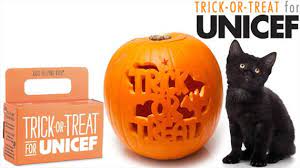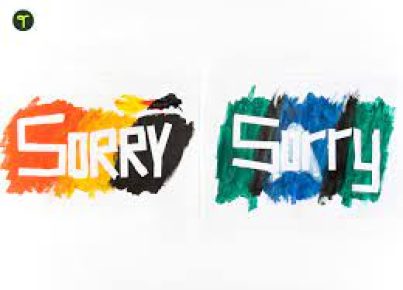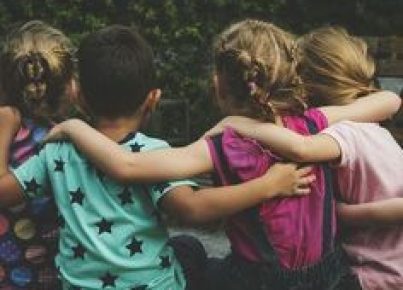The Trick-or-Treat for UNICEF campaign has been an empowering and engaging annual event for several decades, rallying kids around the world to make a difference in the lives of less fortunate children. As educators, it presents an excellent opportunity to tie this activity into your curriculum, making your students more globally aware and strengthening their empathy for others. Here are a few ways you can incorporate the Trick-or-Treat for UNICEF campaign into various subject areas:
1. Social Studies: Global Citizenship and Service Learning
The Trick-or-Treat for UNICEF campaign provides an opportunity to teach students about global citizenship and service learning. Introduce the concept of global citizenship by discussing what it means to be a citizen of the world and the responsibilities that come with it. Encourage students to partake in UNICEF’s mission through Trick-or-Treat, raising funds for children in need worldwide. This activity allows students to learn about service, empathy, and how their actions can make a real impact on others’ lives.
2. Math: Goal Setting and Tracking
Set fundraising goals as a class or in groups and incorporate math skills by having students track their progress throughout the fundraising period. Students can practice calculating percentages by determining how much they’ve raised towards their goal, graphing progress in various ways, or creating charts to compare successes among groups.
3. Language Arts: Journaling and Reflection
Have your students maintain a journal related to their Trick-or-Treat for UNICEF experience. They can write about why they chose certain costumes, describe interactions they had while trick-or-treating or fundraising ideas brainstormed in class. Use these journals as a basis for reflection discussions or creative writing exercises.
4. Science: Public Health Awareness
Trick-or-Treat for UNICEF can serve as an introduction to the importance of public health. Discuss how UNICEF programs focus on interventions to prevent diseases, such as clean water initiatives and vaccination campaigns. Students can study how these efforts impact global health, and research various interventions that contribute to better health outcomes for children worldwide.
5. Art and Multiculturalism: Cultural Mask-Making
As a fun craft activity that connects art and global awareness, have students make face masks inspired by different cultural traditions. This helps promote diversity appreciation while tying in the Halloween theme.
With a bit of creativity and initiative, the Trick-or-Treat for UNICEF campaign can become an integral part of your curriculum, helping students learn about service, empathy, global citizenship, and much more. By promoting this campaign in your classroom, you play a role in shaping a generation of socially aware and compassionate individuals who are eager to create positive change in the world.





